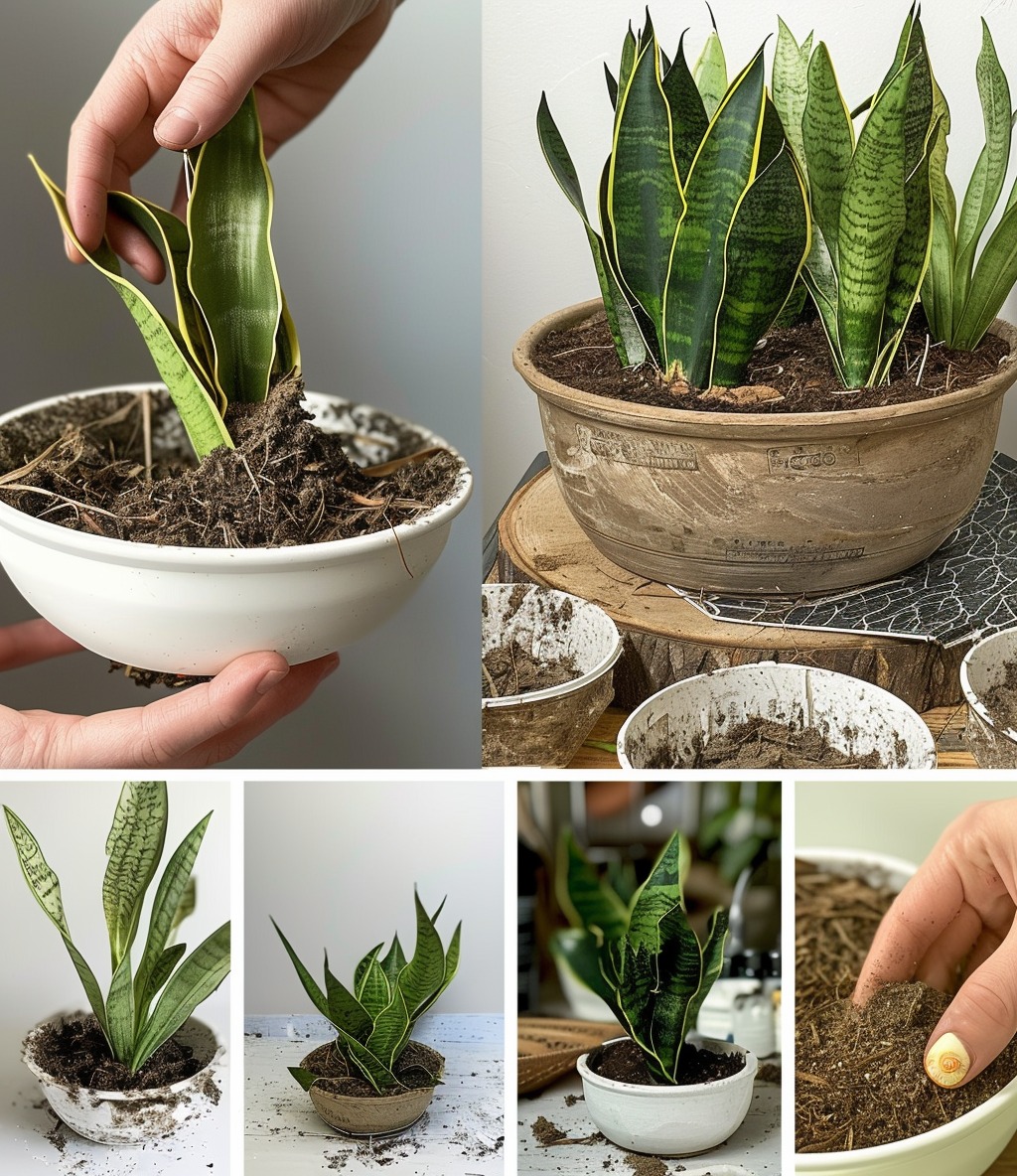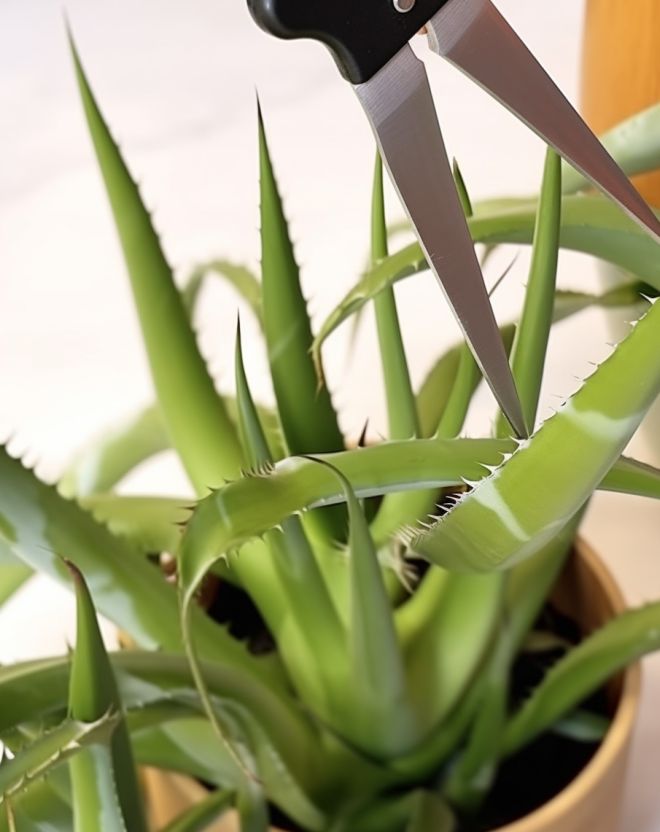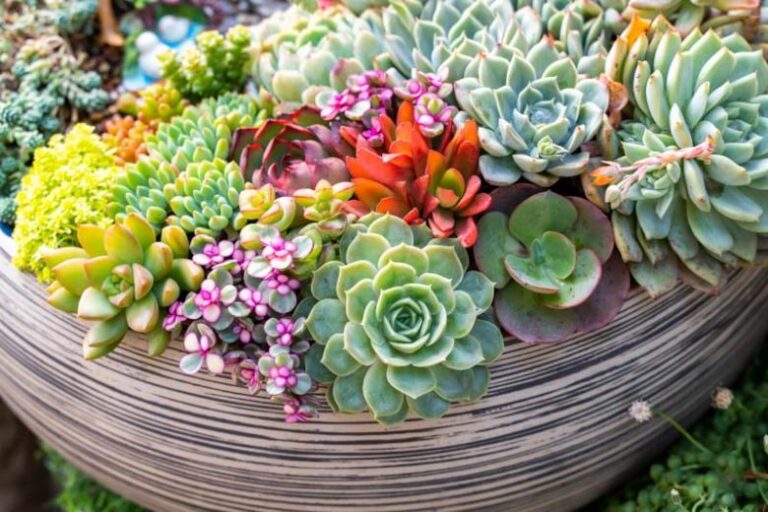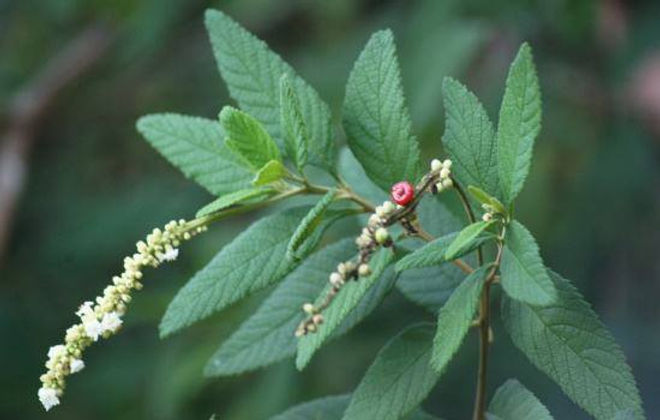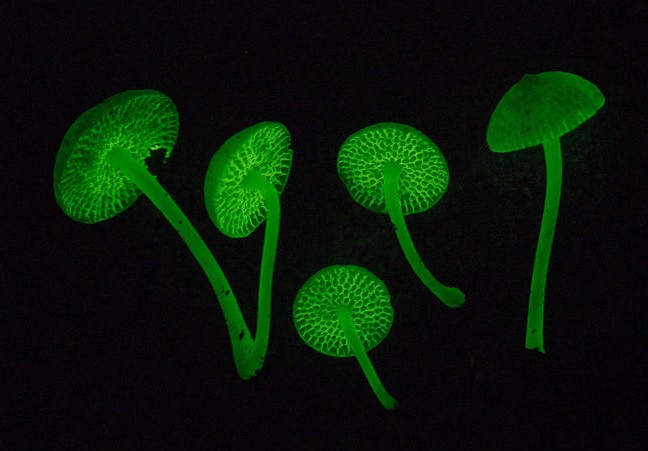Growing St. George Sword Plants
Unveiling the Secrets to Rapid Growth for Your St. George Sword
The St. George Sword, or Sansevieria trifasciata, is one of those plants that’s captured the hearts of gardeners everywhere. With its striking, sword-shaped leaves and minimal care requirements, it’s a favorite for both beginners and seasoned plant enthusiasts. While it’s known for being tough and easy to maintain, there are actually some great techniques you can use to help it grow even faster. If you’re looking to get your St. George Sword to thrive, here are some tips to turn it into a lush, impressive specimen in no time!
Features of the St. George Sword
Native to the tropical regions of West Africa, the St. George Sword is not just durable; it’s also incredibly beautiful. The plant is easily recognizable by its long, upright leaves, which are usually a vibrant green with yellow or gray edges. These unique leaves can grow up to 90 cm (about 3 feet) long, making the St. George Sword a bold addition to any home or garden.
What’s truly special about the St. George Sword is how adaptable it is. Whether in an outdoor garden or a low-light indoor environment, this plant will thrive almost anywhere. It’s also resistant to pests and diseases, so you won’t have to worry much about maintenance. Whether you’re looking to add some greenery to your home or create a low-maintenance garden, the St. George Sword is an excellent choice.
The Secret to Accelerating St. George Sword Growth
Did you know that the everyday kitchen spice, cinnamon, can be a game-changer for growing St. George Sword plants? Cinnamon isn’t just great for baking; it can actually help speed up the propagation process for your St. George Sword! Here’s how you can use this simple ingredient to encourage faster growth:
Preparing the Cuttings
- Selection: Start by choosing a healthy, mature leaf from your St. George Sword plant. Make sure the leaf is strong and free of any damage.
- Cutting: Use a clean, sharp knife or scissors to cut the leaf into several segments, about 5-7 cm (2-3 inches) in length. Each segment should have a straight, clean cut to make the cinnamon treatment more effective.
Applying Cinnamon
- Cinnamon Treatment: Dip the cut ends of each leaf segment into cinnamon powder. Cinnamon acts as a natural rooting hormone and has antiseptic properties, which can help prevent infections and promote root growth.
- Coating: Make sure the cut ends are thoroughly coated with cinnamon powder to protect the cut surfaces and encourage quicker root development.
Drying and Resting
- Resting Period: Place the cinnamon-coated cuttings in a dry, well-ventilated area for about two weeks. This allows the cut ends to form a protective callus, which is crucial for successful rooting.
- Air Circulation: Ensure the cuttings are in a place with good air circulation to prevent mold or mildew. A dry, shaded spot is ideal.
Planting the Cuttings
- Potting: After the resting period, small roots should begin to form on the cut ends. Prepare a pot with well-draining soil, such as a mix of potting soil and perlite or sand.
- Planting: Place each segment in the pot, ensuring that the cut end with the emerging roots is buried in the soil. Water sparingly, keeping the soil slightly moist but not soggy.
- Care: Position the pot in a bright, indirect light area to support new growth. Remember, the St. George Sword prefers to dry out between waterings, so avoid overwatering.
By using cinnamon in your propagation routine, you’ll notice your St. George Sword growing faster and healthier. It’s a simple yet effective way to boost the growth rate and ensure your plant stays strong and vibrant.
Other Techniques for Growing St. George Sword Plants
Apart from the cinnamon method, there are several other ways to propagate your St. George Sword. Here are two more techniques to try:
1. Division
- Preparation: Carefully remove the plant from its pot and gently shake off any excess soil to expose the roots.
- Separation: Look for natural sections in the plant’s root system where you can divide it. Use a clean knife or garden shears to cut the root ball into sections, ensuring each piece has at least one leaf and some roots attached.
- Replanting: Plant each section in a new pot filled with well-draining soil. Water lightly and place them in a spot with indirect light.
2. Seed Propagation
- Seed Preparation: If you’re up for a challenge, try growing St. George Sword plants from seeds. Acquire fresh seeds from a reputable source or from a mature plant.
- Planting: Scatter the seeds on the surface of well-draining soil, then lightly press them in. Cover the pot with plastic to create a greenhouse effect.
- Care: Keep the pot in a warm, bright area but out of direct sunlight. Once seedlings appear, gradually acclimate them to normal indoor conditions by removing the cover.
Essential Care Tips for Your St. George Sword
To keep your St. George Sword healthy and thriving, follow these essential care tips:
1. Lighting
- Optimal Conditions: The St. George Sword loves bright, indirect light. Place it near a window where it can get plenty of light without being exposed to harsh sun.
- Avoid Direct Sunlight: Extended exposure to direct sunlight can scorch the leaves, so filtered light is best.
2. Watering
- Watering Frequency: Water the plant sparingly, allowing the soil to dry out completely between waterings. In winter, reduce watering since the plant’s growth slows down.
- Check Soil Moisture: Always check the soil before adding more water to prevent overwatering and root rot.
3. Soil
- Drainage Needs: Use a well-draining soil mix to avoid water pooling at the bottom of the pot. A cactus or succulent mix works well.
- Repotting: If the plant outgrows its pot or the soil becomes compacted, consider repotting into a slightly larger container.
4. Temperature and Humidity
- Temperature Range: The St. George Sword prefers warm environments above 15°C (59°F). Keep it away from drafts or extreme temperatures.
- Humidity Levels: This plant doesn’t require additional humidity and can thrive in typical indoor air conditions.
Benefits and Uses of St. George Sword Plants
Did you know the St. George Sword isn’t just beautiful but also beneficial?
1. Feng Shui Benefits
- Symbol of Good Fortune: In Feng Shui, the St. George Sword is believed to attract positive energy and good fortune. Its upright leaves are thought to symbolize strength and protection.
2. Air Purification
- Improving Air Quality: This plant is known for its air-purifying capabilities, effectively removing pollutants like formaldehyde and toluene.
3. Medicinal Uses
- Digestive Health: The leaves are sometimes used in herbal remedies for digestive issues. A tea made from the leaves is believed to help alleviate symptoms like bloating.
Conclusion
With these tips and tricks, you’re all set to grow a flourishing St. George Sword in your home or garden. By using the cinnamon method and following proper care practices, you can accelerate the plant’s growth and enjoy its many benefits. Whether you’re a beginner or a seasoned gardener, the St. George Sword is a fantastic plant to add to your collection. Happy gardening!

